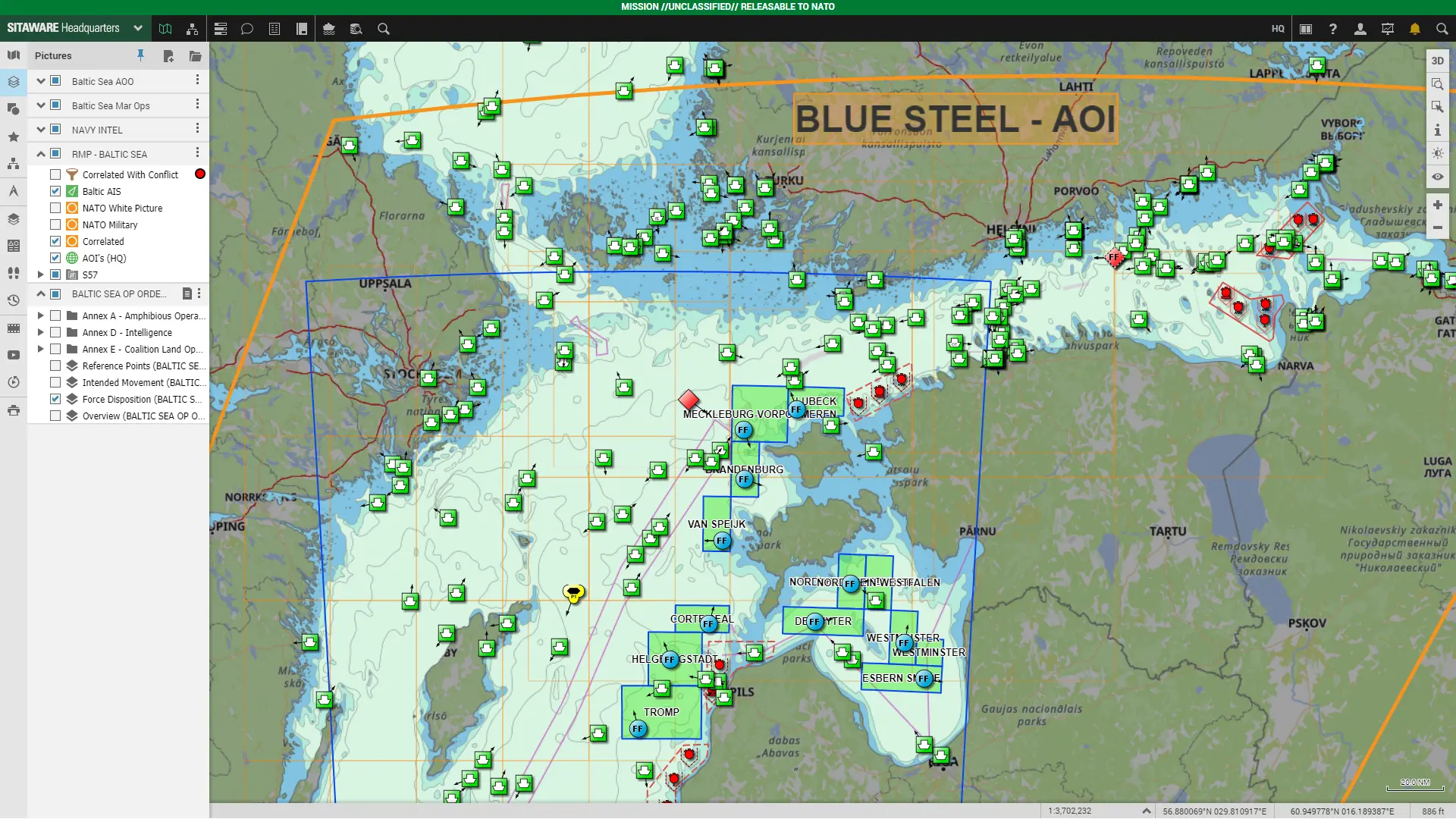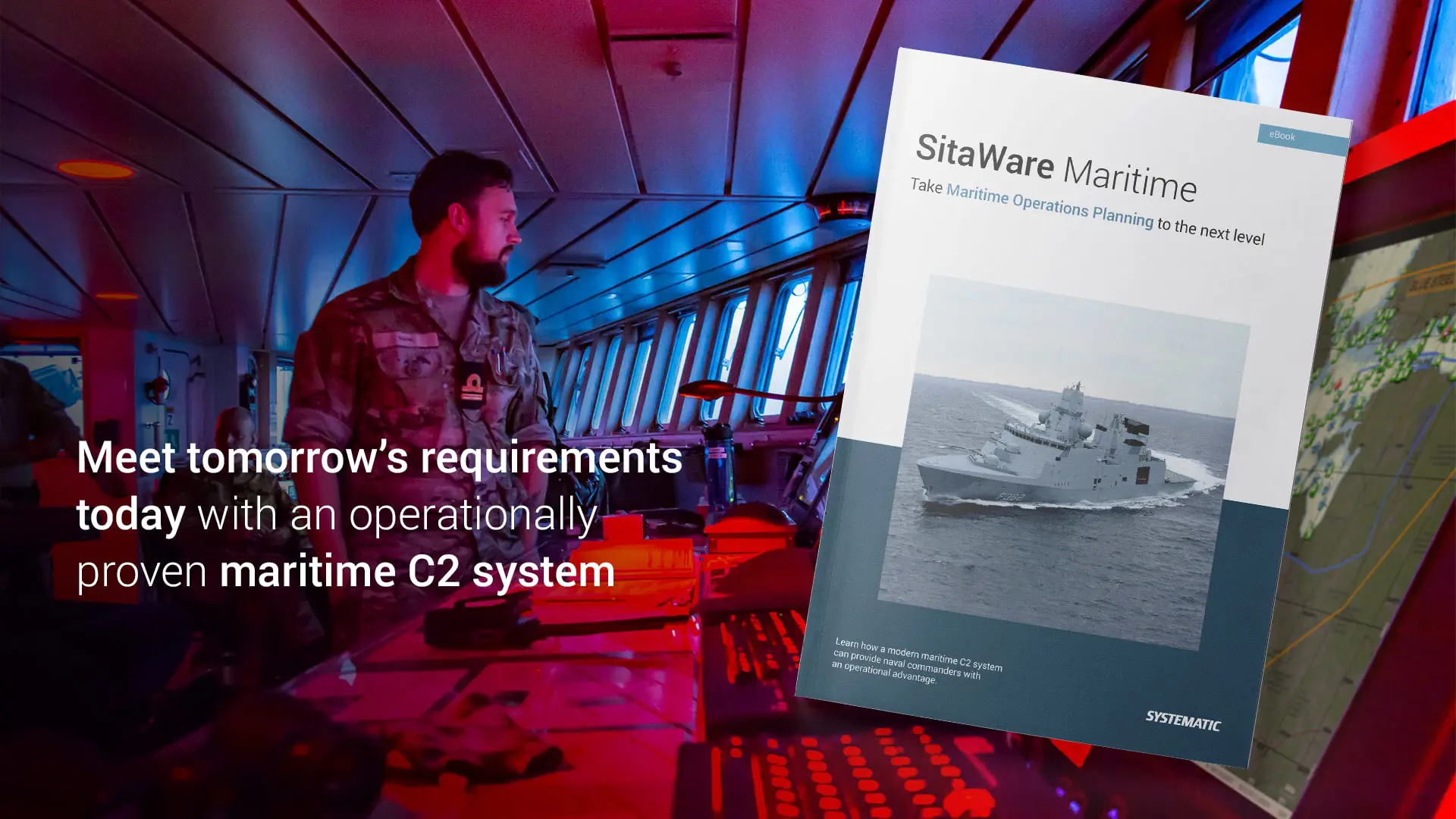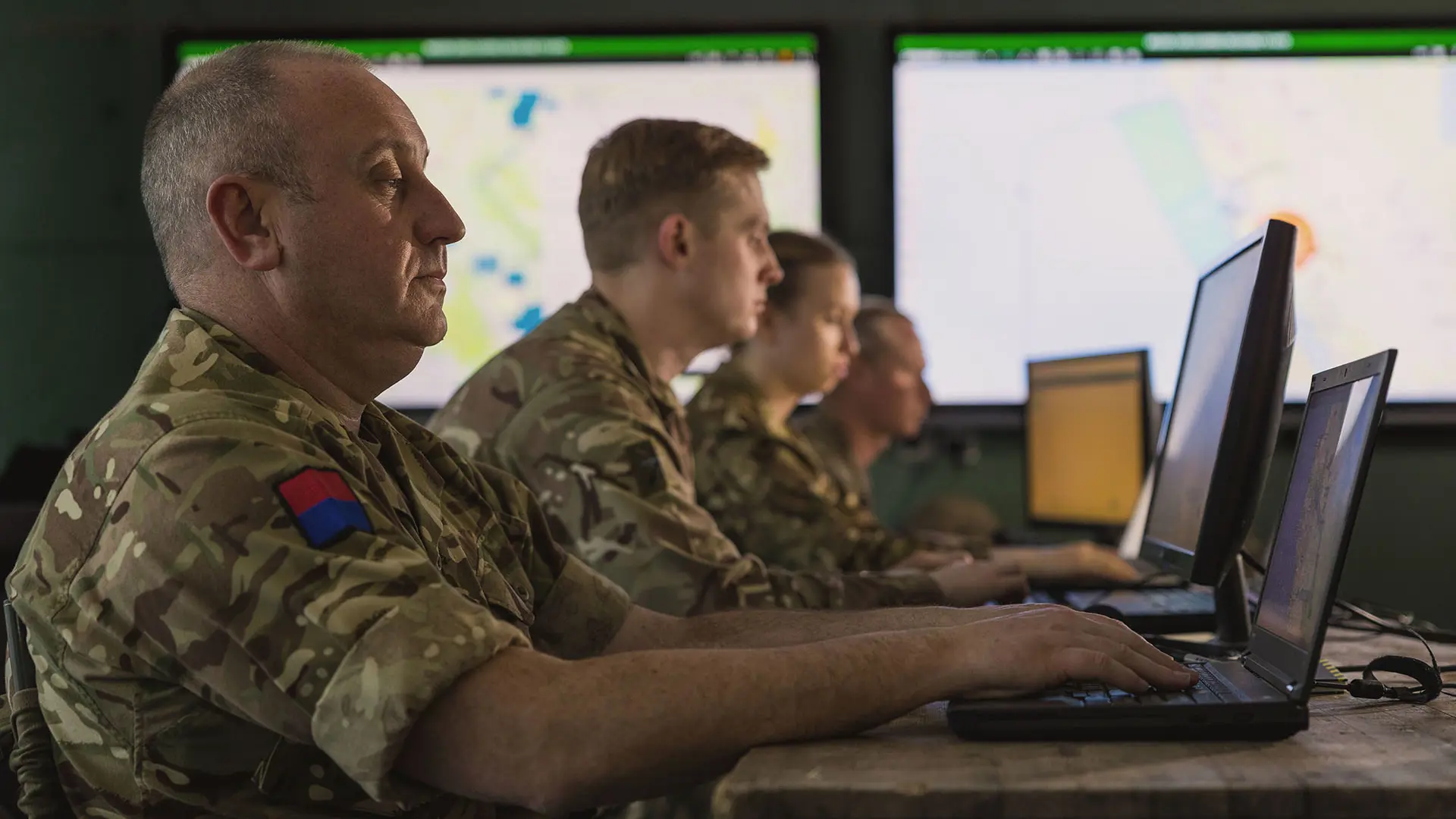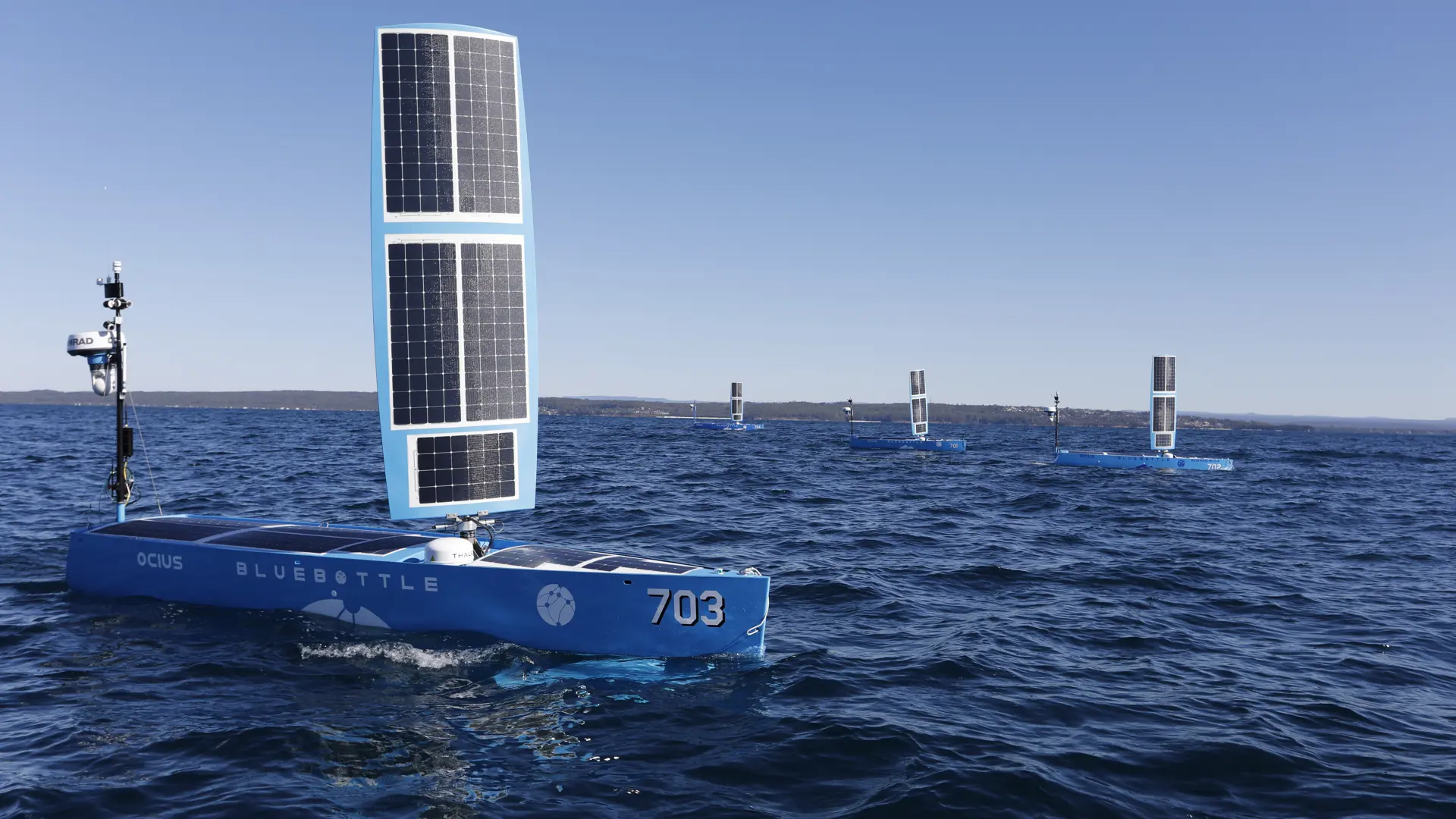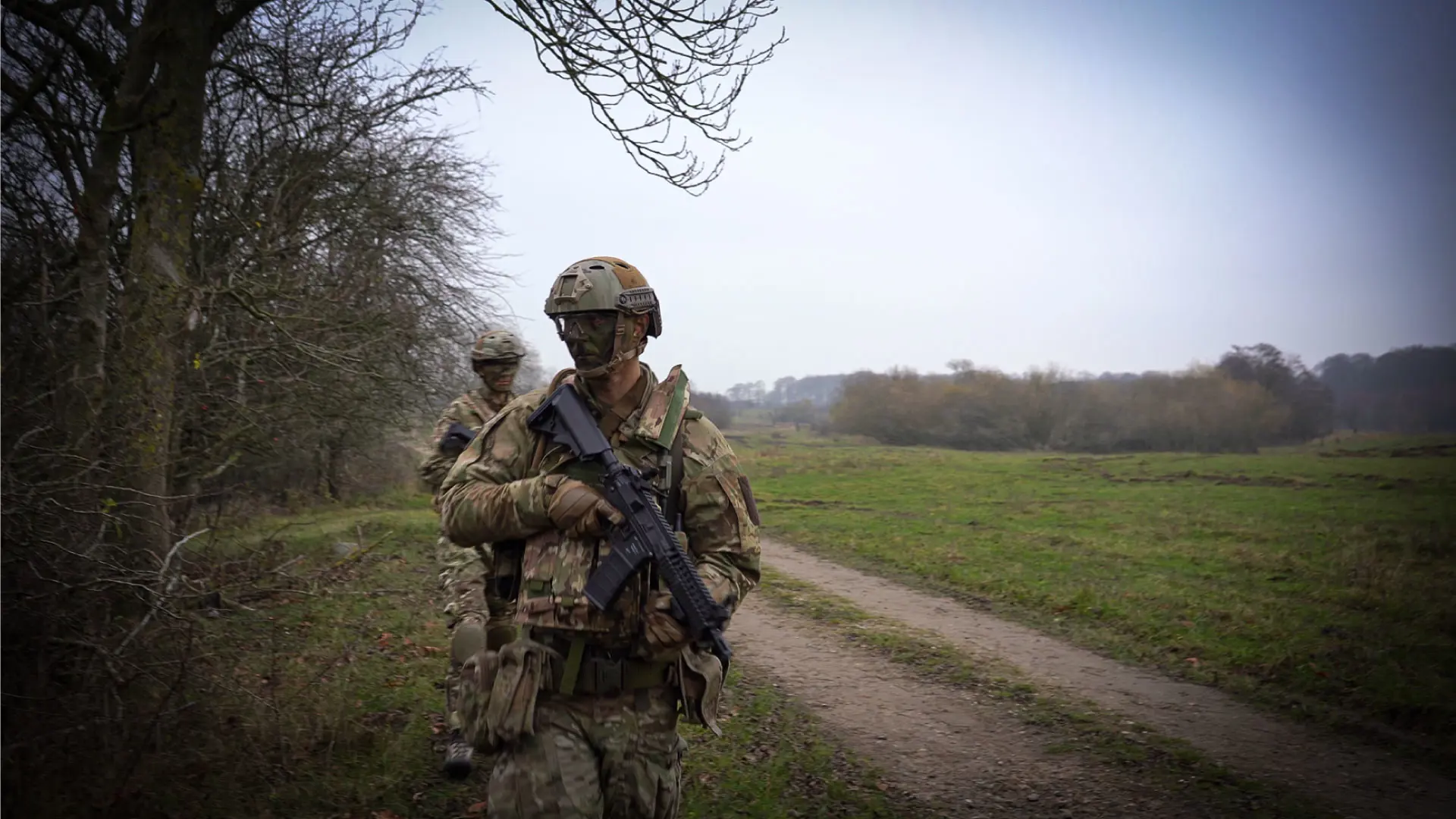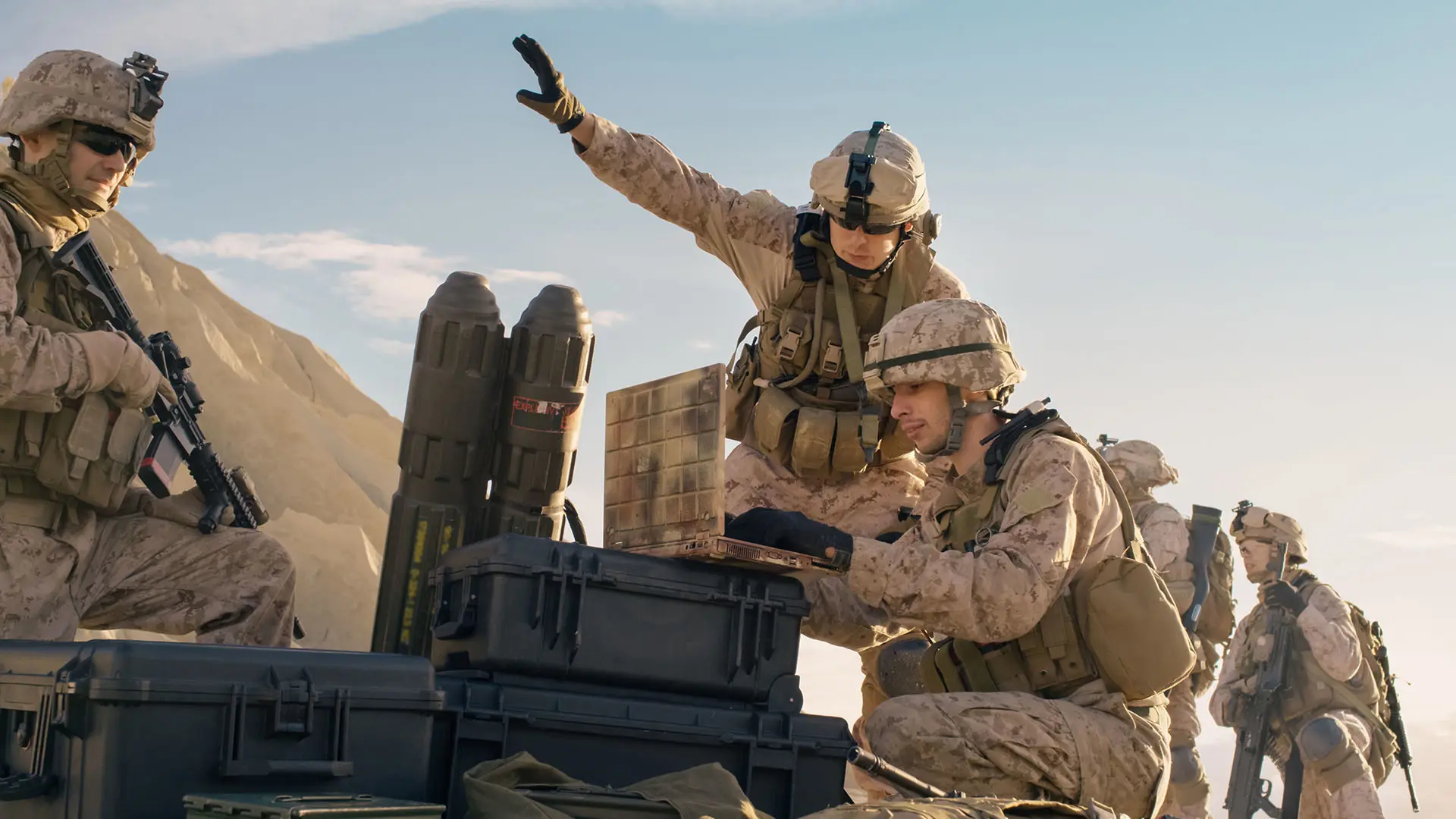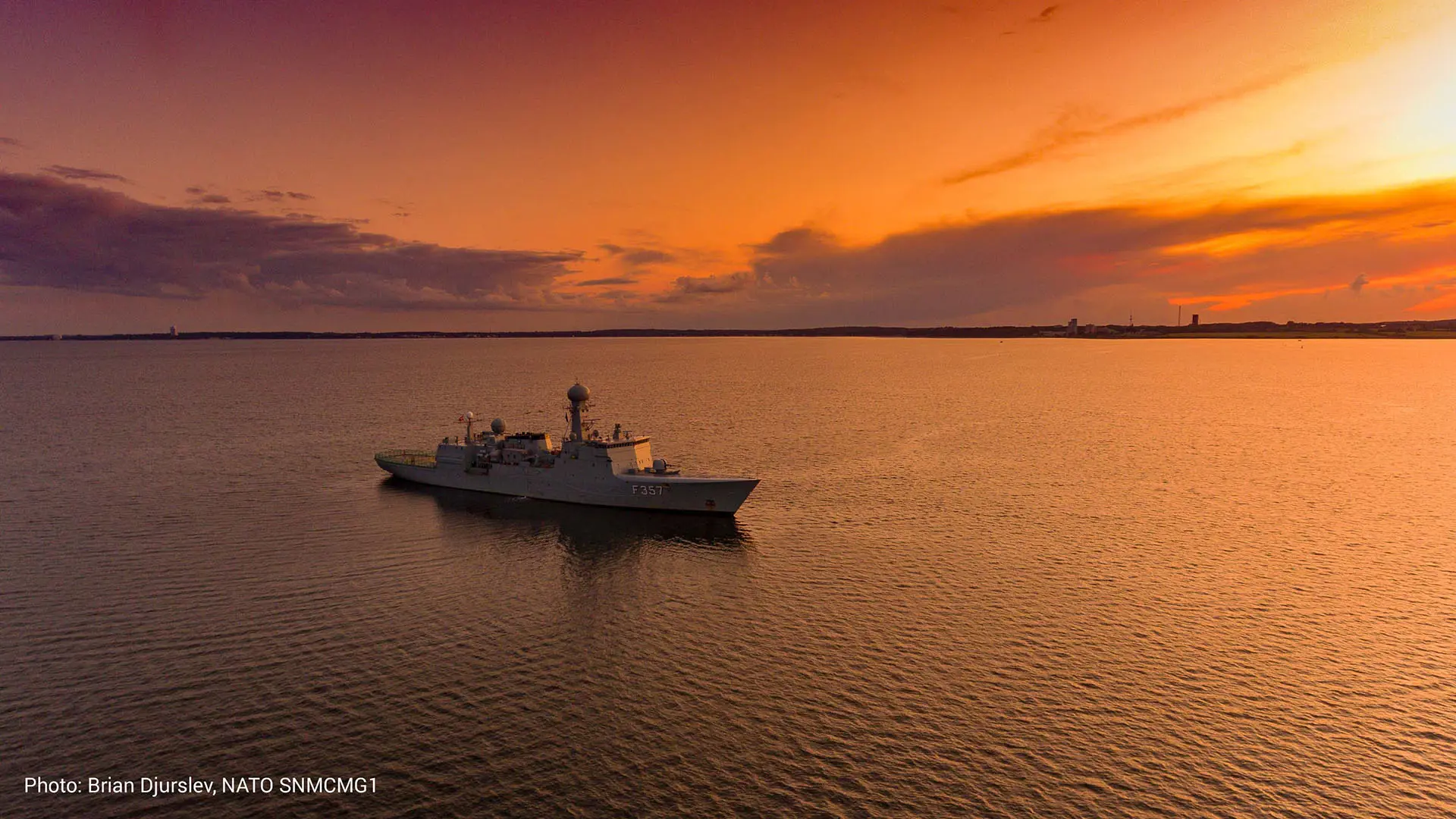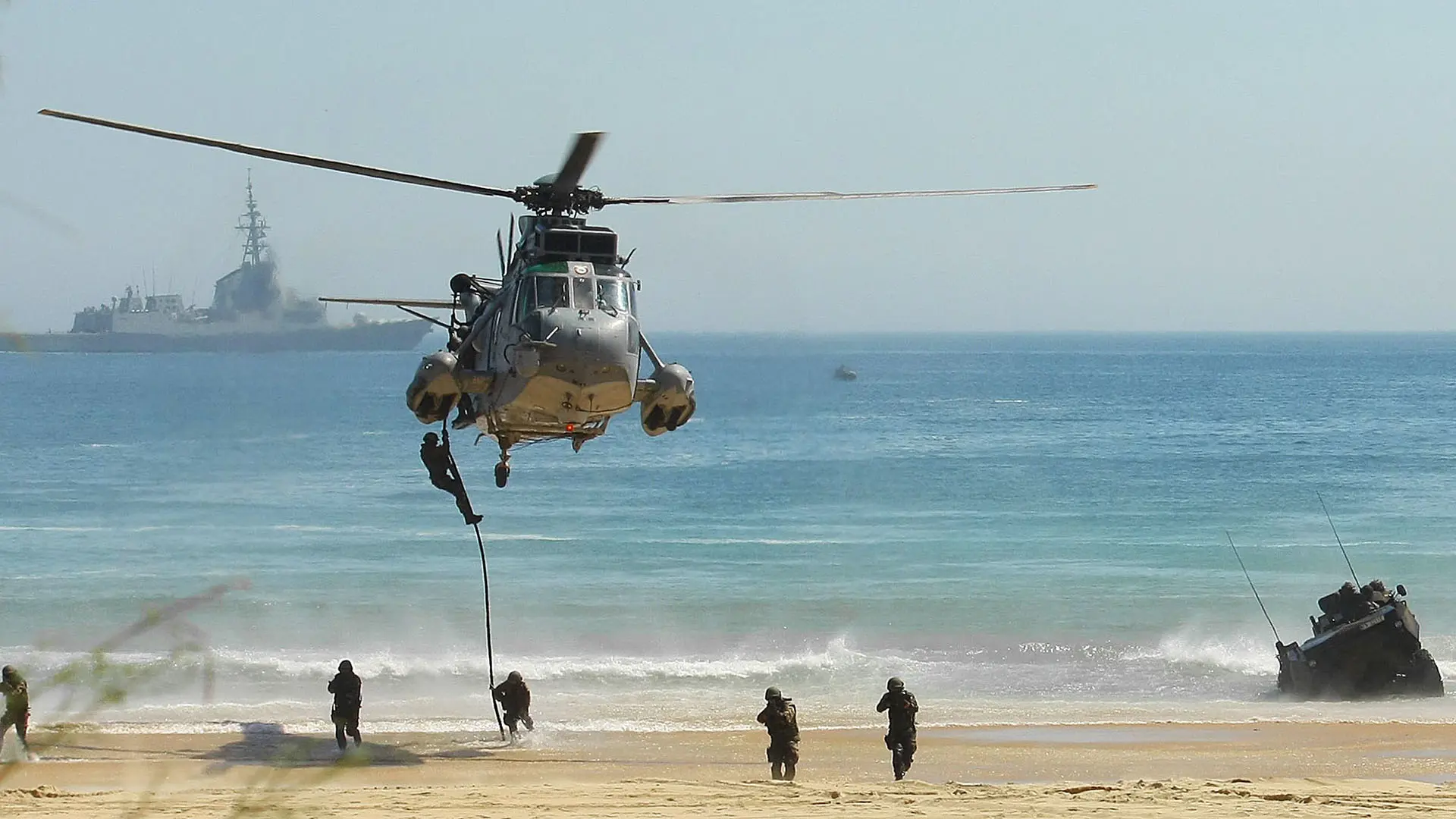Driving the future RMP – correlation and fusion engines promise clarity for commanders
The recognised maritime picture (RMP) is the foundation of modern naval warfare and its accuracy can be a determining factor in the success of an operation. Despite its importance, little attention has been paid to applying new technologies to help the RMP manager in forming their ‘picture’.
The contemporary operating environment is a complex one and presents a multitude of challenges to the RMP manager. The demands of naval warfare now necessitate the introduction of new processes and technologies to assist in their mission-critical task.
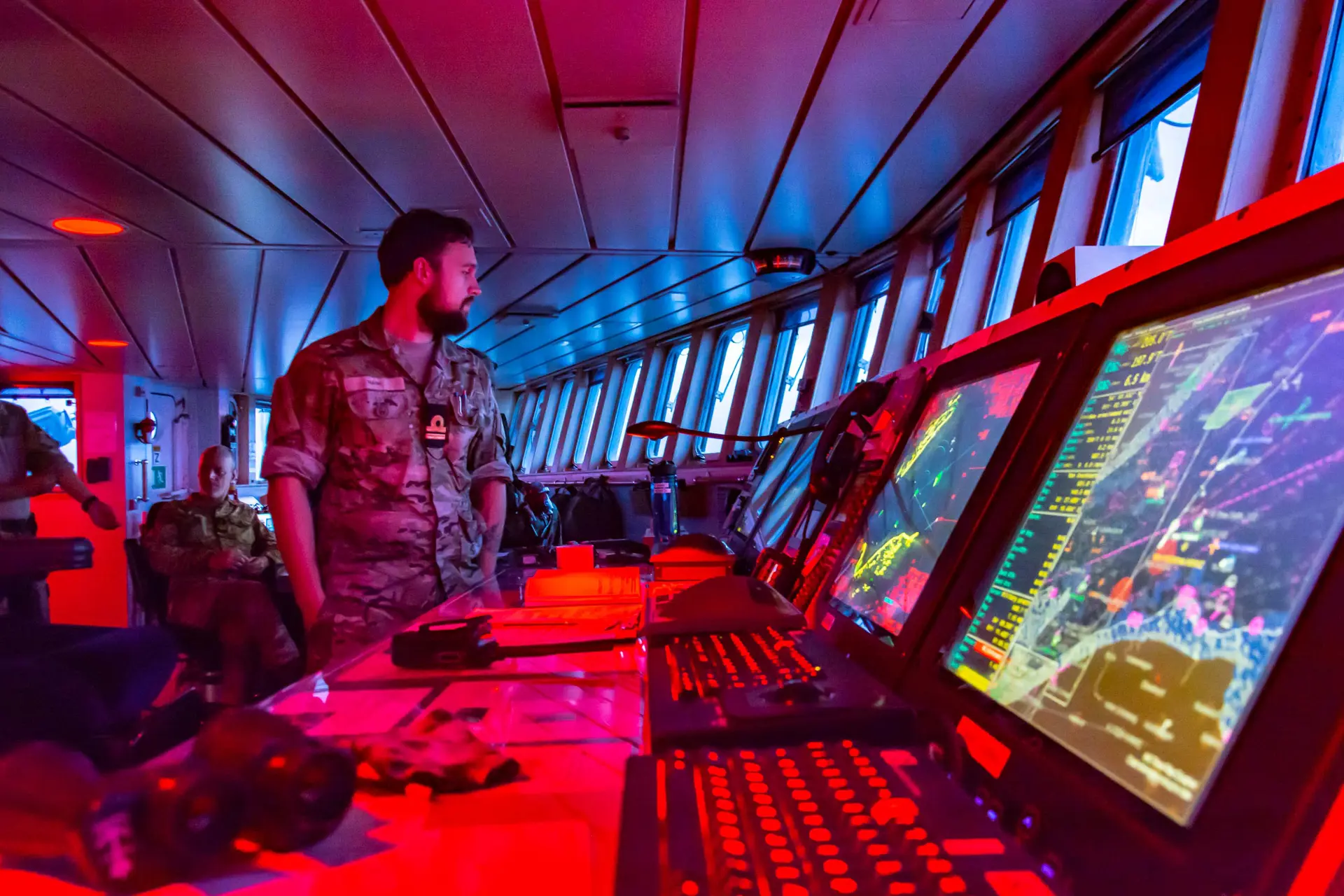
The general trend for decreasing fleet sizes and manning levels in NATO and other ‘Western’ navies is combining with widening mission sets to magnify the task at hand for the RMP manager. While the priority in the past might have been on conventional warfare, most navies are now ‘multi-hatted’ with additional tasks including fisheries protection, EEZ monitoring, and counter-piracy, to name but a few.
It is not uncommon for navies to monitor areas of operation that can contain many thousands of vessel tracks – given the wide range of data sources that can now be drawn upon and considered. AIS continues to be the mainstay of these, but a number of other sources, including ship-, air-, and shore-based radar, offer the RMP manager more data than ever before. However, this wealth of data can be a double-edged sword, while it can enable a more comprehensive RMP to be developed, the volume has the potential to overwhelm and present too many tracks to effectively correlate, verify, and form the most accurate and up-to-date picture.
Mitigating information overload with correlation and fusion engines
The sheer number of tracks to be considered not only makes the correlation process a laborious one, but also open to human error - the introduction of correlation and fusion engines can go some way to addressing this and lifting the burden placed on the RMP manager.
Automating much of the work involved offers a number of benefits, not least shortening the command cycle. Available technologies are now robust enough to automate both kinematic and identity correlation tasks and greatly reduce the RMP manager’s workload, as well as provide information assurance beyond that possible from human operators alone. Indeed, the speed at which modern naval warfare against a peer or near-threat will be conducted demands that such technologies are introduced, and they have the potential to enable a commander to get inside an adversary’s ‘OODA loop’.
Furthermore, many non-sate actors now possess sophisticated capabilities that present challenges to even the most advanced navies. Modern-day pirates and traffickers of narcotics and other contraband, for example, often employ high-speed vessels and tactics that can be difficult to track and monitor.
Out of the ordinary with Artificial Intelligence
One significant benefit that can come from automating the correlation process is in how it can assist in anomaly detection. Using an artificial intelligence (AI) system to establish a maritime ‘pattern of life’, commanders can take a rules-based approach to detect activity that is out of the norm.
Injecting historical information – such as that on ship locations, vessel characteristics, and typical movements – into an AI system enables an accurate ‘pattern of life’ to be established with as little as six months of data. Based on this, commanders can task the system to flag up abnormal behaviour, for example, if an AIS track that is typically only found in the Caribbean Sea becomes active in the Mediterranean this might indicate an instance of ‘spoofing’ and suggest illicit activity. Given accurate historical data to establish the pattern of life and authenticated, up-to-date information – including track data – there are a myriad of anomaly detection tasks that can be automated.
Data integration strengthens the RMP
Furthermore, naval commanders could benefit from introducing capabilities that shorten ship identification and intelligence gathering processes, such as integrating vessel databases into the RMP. Whether these be military or commercially available, the ability to quickly access data on a maritime track and establish a vessel’s identity could be a boon, automating what is typically a time-consuming and often manual process.
The complex nature of naval warfare and the duties that many navies now routinely carry-out requires the modernisation of a number of tasks. Employing the likes of track correlation and fusion engines and anomaly detection systems, could represent a step-change in capability and go some way to addressing challenges that exist around manning and speed of action, in particular.
(Image credits: NATO, Systematic)
